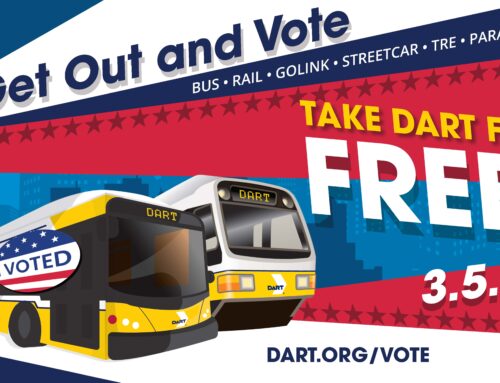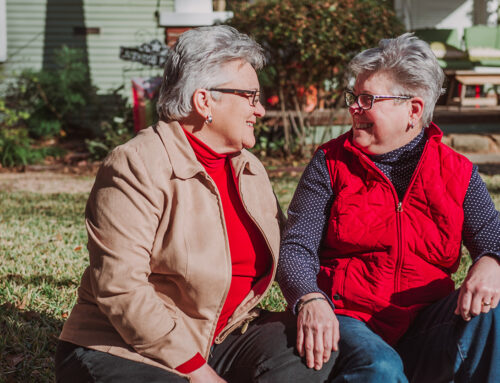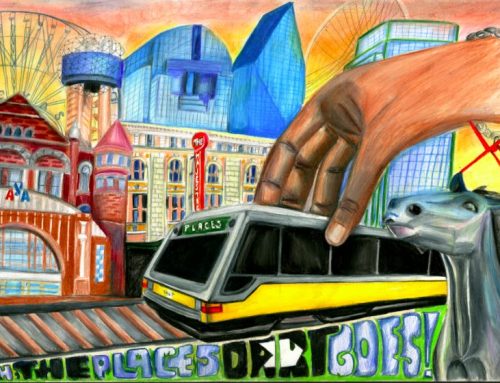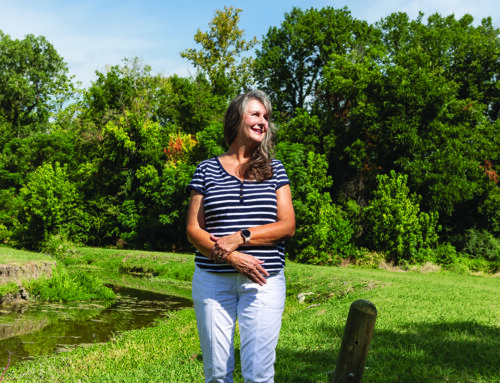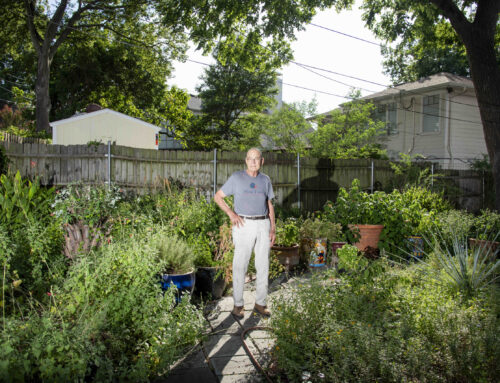The results are in from the DART pullout referenda in Irving, Plano, Carrollton and Rowlett. Each was a resounding victory for DART supporters.
The closest and most expensive race was in Irving, but even there, about 57 percent of the voters said “yes” to DART despite the opposition and half-million-dollar funding of Dallas Cowboys ringmaster Jerry Jones.
What does that mean for East Dallas? It certainly means the current service plan will stay on track, so to speak, for the foreseeable future.
As the suburbs become more invested in the DART system – both bus and rail – and as rail service draws nearer to places such as Garland, Irving and Plano, the “aginners” should have less and less of an audience.
The flip side of this is that major changes, if any, in the system’s configuration in Dallas are years away. While those both inside DART and in the affected neighborhoods appear to be more and more supportive about finishing out the already-excavated Knox-Henderson rail station, and even with the go-ahead by the DART Board, completion will probably have to wait until the suburbs are beginning to see the fruits of their support of the light-rail system.
By the way, there is some irony for those of you who have been in Dallas long enough, and are old enough, to remember the small MKT commuter railroad station, which used to sit north of Knox just west of where Eclectic furnishings and MoMo’s Pasta are now, in what we used to call “Old Highland Park.”
North Texas also once had a respectable “interurban” rail system, which went away after World War II, as it did in many cities.
Public television recently showed a program attributing much of the loss of our urban rail systems, and consequent deterioration of the inner cities, in the 1940s and 1950s to efforts of General Motors and the various components of the “highway lobby”, such as tire companies, oil companies and construction contractors.
In any event, the irony is rich that we are now seeing the value of urban mass transit and to some extent are “retro-fitting” our cities with it.
Finally, work is continuing on the extension of DART rail up to Park Lane. Originally targeted for opening in December 1996, that date may just be missed and the line opened in January 1997.
The construction you see on the north side of Mockingbird just west of the Dr Pepper building is the parking lot for the Mockingbird light-rail station. The station itself will be below grade.
While not in East Dallas, some commercial activity is happening just west of Central Expressway, which should have a major positive impact on Greenland Hills, Vickery Place, Cochran Heights, Capitol-Fitzhugh and other East Dallas neighborhoods across the freeway.
While we’ve all noticed the revival of the Knox-Henderson area, with Knox Street becoming a location of choice for upscale, out-of-state retailers – such as the Pottery Barn and Smith & Hawken – a spill-over effect may start a long, slow upgrade of the Fitzhugh-Cole-McKinney area.
Hope Cottage, a long established non-profit adoption agency, has announced construction of a new 23,000-square-foot, campus-style office building on the north side of Fitzhugh between Cole and McKinney.
The complex, slated for a September groundbreaking, was designed by experienced inner-city architects Corgan Associates and will feature a three-story bell tower donated by the Meadows Foundation.
There has been noticeable activity in the area the last couple of years, especially by developer Alan McDonald, in upgrading the numerous condos and apartments nearby.
With the continuing boom in the Uptown and Knox areas, with land costs along Fitzhugh still relatively low in comparison, and with the Turtle Creek and southern Highland Park areas just to the west, the area could become another real estate hot spot in two or three years.
The upshot of all this activity should be a big net plus for our neighborhood. While the retail and commercial activity (with its necessary evils of traffic and parking lots) occurs on the west side of Central, our East Dallas residential neighborhoods will sit conveniently across the rebuilt Expressway and become even more desirable for those who like the conveniences of urban life. As the president of Williams-Sonoma, the parent company of the Pottery Barn, was recently quoted as saying: Knox Street is a prime example of the “de-malling” of America, configured to appeal to people who want to park their cars and explore on foot.
The next major retailers to locate in the area should be a Crate and Barrel store on the old Tom Thumb site, Restoration Hardware on the south side of Knox and Waterworks, and upscale plumbing fixture retailers, on Cole.
All of this should result in more investment from both the City and the private sector and should help sustain and increase property values east of Central.

